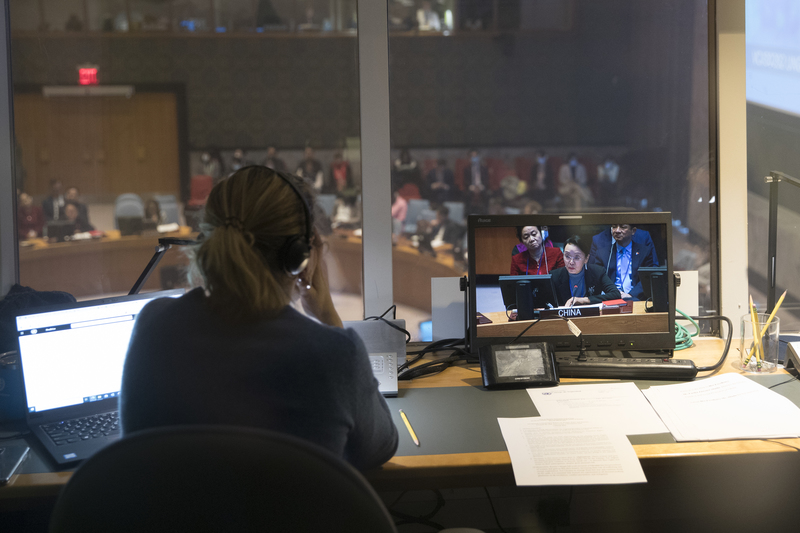When a viewer presses play on a show, film, or short-form drama, they rarely think consciously about the voices they hear. Yet, voice acting and translation decisions shape how audiences perceive characters, cultures, and stories. A mismatched accent, an unconvincing performance, or a poorly chosen phrase can shatter immersion in seconds. The question of authenticity—does this sound right?—is therefore more than an artistic concern. It is tied to cultural representation, audience trust, and even the avoidance of harmful stereotypes.
At the center of the debate lies casting. In many localization projects, producers must decide whether voice actors should share the same cultural or linguistic background as the characters they portray. Historically, practical considerations often outweighed cultural ones. A talented actor with a broad vocal range could be cast in any role, regardless of heritage. But as awareness of cultural representation has grown, audiences have begun to challenge this approach. A Japanese-American character voiced by someone with no knowledge of Japanese intonation, for instance, risks sounding flat or even inaccurate. Similarly, if a character’s cultural identity is central to the story, an inauthentic portrayal may appear insensitive, reducing what could have been a moment of resonance to a hollow imitation.
However, authenticity in casting is not simply about matching passports. It is about lived experiences that inform how a voice carries nuance. An actor from the same cultural background can bring subtle inflections or rhythms that no amount of coaching can fully replicate. A bilingual actor, for example, might instinctively know how code-switching works in daily conversation, while an outsider may unintentionally overemphasize or misplace stresses. These small differences can dramatically affect how “natural” the final performance feels.
Translation presents parallel challenges. While casting decisions determine how characters sound, translation determines what they say and how audiences interpret them. A careless choice of words can reinforce stereotypes or distort meaning. Consider humor: jokes that rely on cultural clichés may sound harmless in one language but offensive in another. Similarly, translating idioms too literally may reduce characters to caricatures, as if their identities exist only through exotic markers. The task of the translator, then, is not only linguistic but ethical: to carry across the spirit of the original without creating distortions that misrepresent the culture in question.
An instructive example can be found in the translation of animated films. When characters embody specific cultural traditions—say, a holiday, a food, or a way of addressing elders—translators must decide whether to localize the term fully, explain it, or leave it untouched. Each option carries consequences. Over-localization risks erasing cultural uniqueness; under-localization risks alienating viewers who cannot grasp the reference. The balance lies in offering accessibility without flattening culture into stereotypes. A respectful footnote in subtitles, or a carefully chosen equivalent phrase in dubbing, can bridge gaps without sacrificing authenticity.
The stakes are high because entertainment media does not exist in a vacuum. For many viewers, especially children, translated or dubbed media is their first encounter with another culture. If the portrayal leans on lazy stereotypes, it not only distorts the story but also shapes long-lasting perceptions. An exaggerated “foreign” accent for comic effect might draw quick laughs, but it risks cementing prejudices. Conversely, a voice that carries dignity and accuracy can foster empathy and understanding.
Some argue that strict authenticity in casting is impractical, pointing out that acting is, by definition, the art of embodying someone else. Should only individuals of a certain background play those roles? The answer, in practice, often lies in balance. What audiences increasingly ask for is not rigid rules but thoughtfulness. Producers and translators who consult cultural advisors, diversify their talent pools, and remain attentive to audience feedback show a commitment to respect rather than convenience. The goal is not to restrict creativity but to avoid missteps that betray trust.
Technology adds another layer to this discussion. With the rise of AI-generated voices, questions of authenticity grow even more complex. While synthetic voices can mimic accents and tones, they lack the depth of lived experience. A program may replicate the melody of Mandarin or the rhythm of Spanish, but it cannot grasp why certain tones carry warmth, sarcasm, or reverence. Authenticity, therefore, cannot be automated—it remains rooted in human experience.
In the end, the question “does this sound right?” is less about technical perfection and more about cultural sensitivity. Authentic representation in voice acting and translation is not a matter of political correctness but of storytelling integrity. A well-cast voice actor, combined with a translator attuned to nuance, allows audiences to meet characters as they were meant to be met—alive, complex, and believable. As entertainment continues to cross borders at lightning speed, respecting authenticity ensures that what travels is not a distorted echo, but a story that truly resonates.











